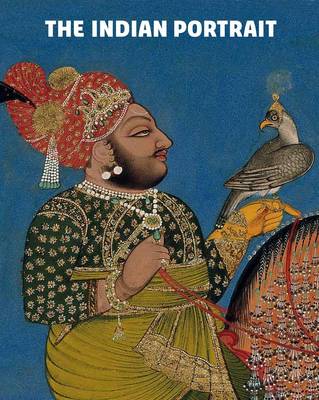The role of the portrait in India between 1560 and 1860 served as an official chronicle or eye-witness account, as a means of revealing the intimate moments of everyday life, and as a tool for propaganda. Yet the proliferation and mastery of Indian portraiture in the Mughal and Rajput courts brought a new level of artistry and style to the genre. The rise of the 'observed' portrait, brought about largely through European influences, enabled Mughal artists to address realism, which in turn led to the empathy portrait. This depicted the sitter as a psychological entity for the first time in Indian art, revealing an individual's failibility and compassion, or simply recorded how sitters really looked.
- ISBN10 1855144093
- ISBN13 9781855144095
- Publish Date 26 March 2010
- Publish Status Transferred
- Out of Print 17 February 2011
- Publish Country GB
- Imprint National Portrait Gallery Publications
- Format Hardcover
- Pages 176
- Language English
- URL http://aup.nl/do.php?a=show_visitor_book&isbn=9781855144095&l=2
